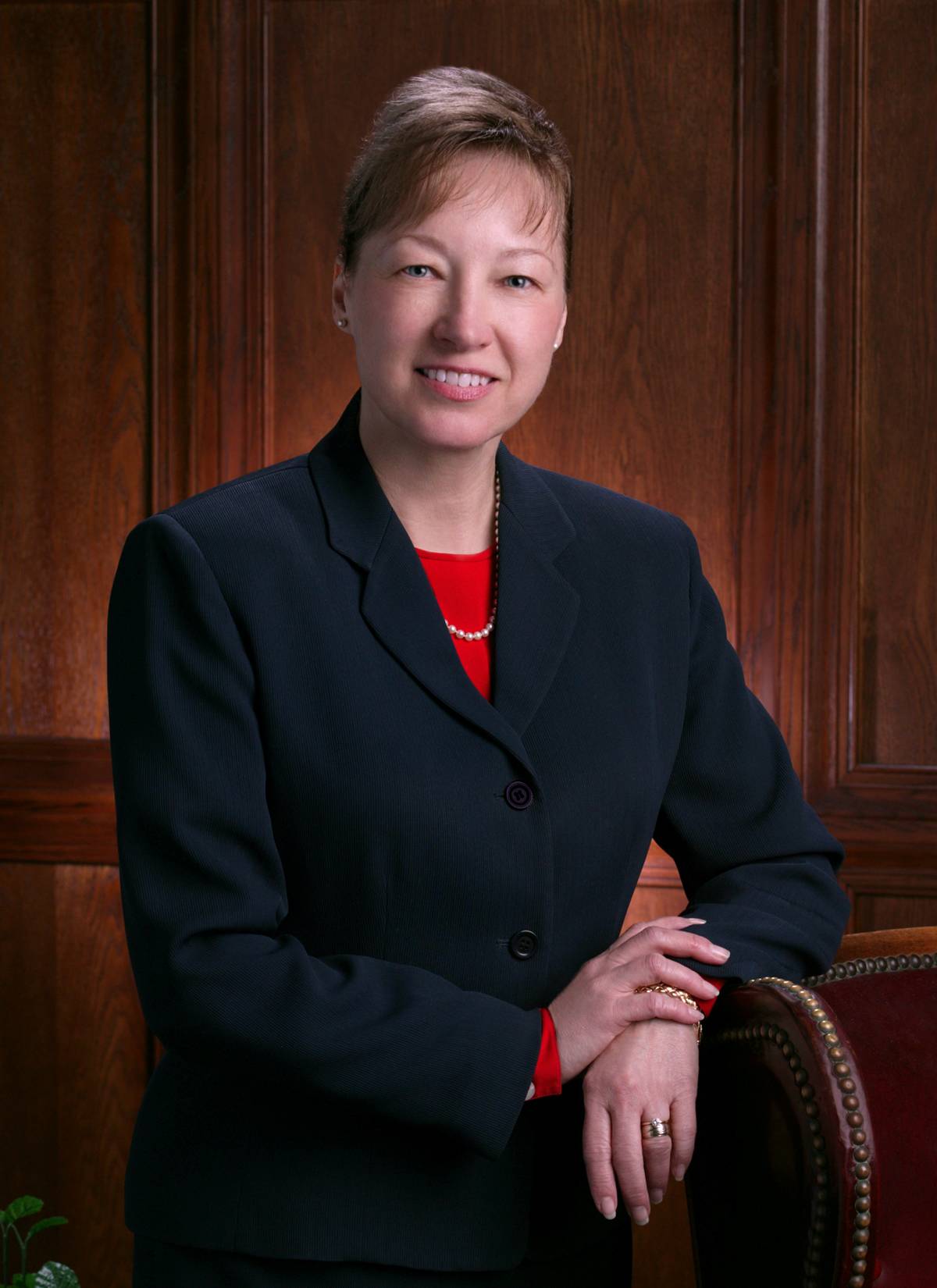
Denise M. Trauth
Under Trauth’s two decades of leadership, the university was designated a Texas Emerging Research University; was reclassified as an “R2: Doctoral University – Higher Research Activity” under the Carnegie Classification system; became a federally recognized Hispanic-Serving Institution; and moved to the FBS subdivision of NCAA Division I. After a statute was passed by the Texas Legislature that changed the name of the university, she oversaw the renaming from Southwest Texas State University to Texas State University San Marcos.
In her tenure, Texas State experienced its largest construction program since being founded in 1899, including opening the Science, Technology and Advanced Research (STAR) Park, Bruce and Gloria Ingram Hall, and Willow Hall on the Round Rock Campus. The university also added nearly 80 academic programs, greatly expanded external research funding, and increased philanthropic giving through two historic capital fundraising campaigns. Explore Trauth’s biography and the archives of Trauth’s communication to the Texas State community.
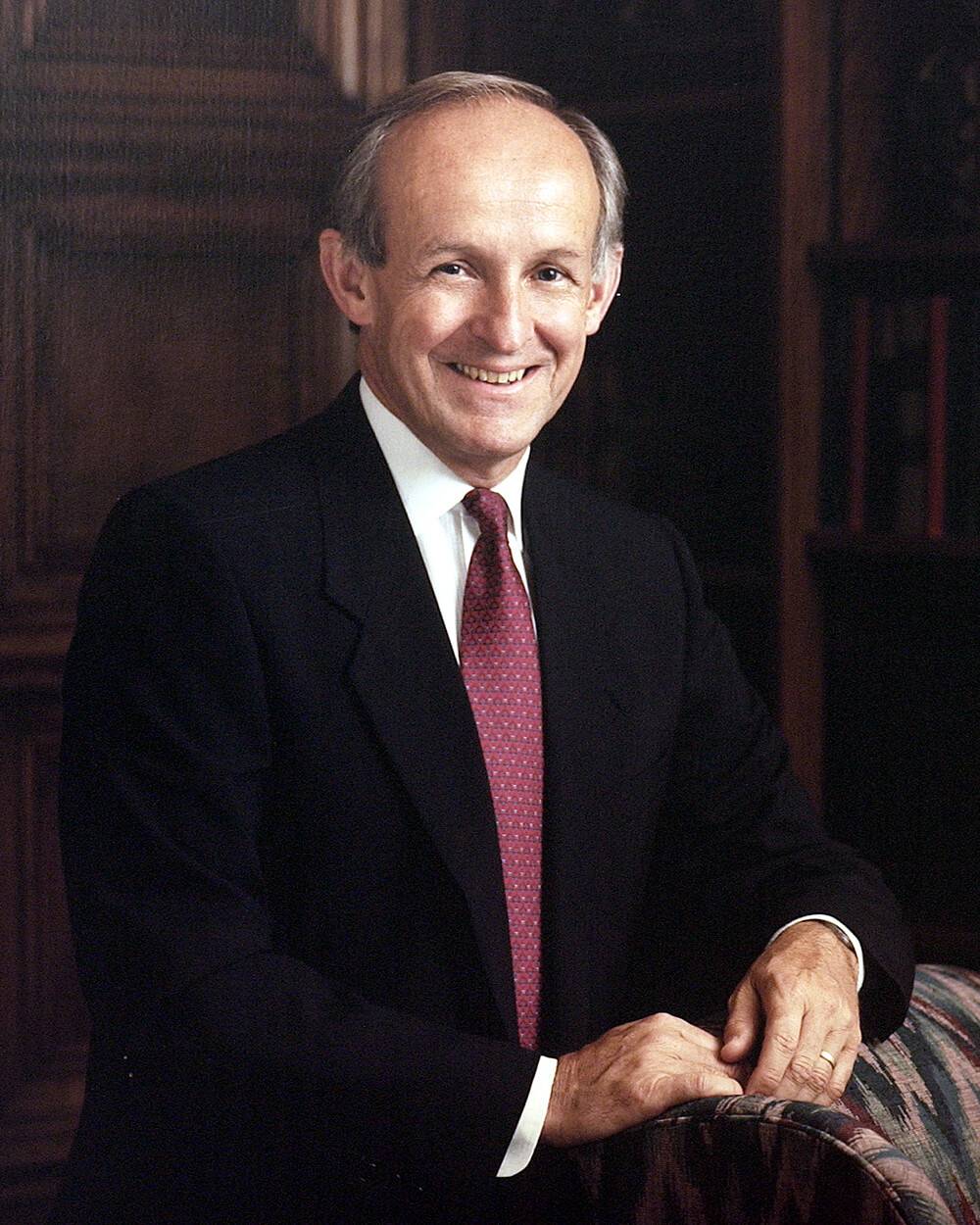
Jerome H. Supple
Supple enhanced the quality and prestige of Texas State through the addition of the first Ph.D. programs, higher admission standards, improved student retention, and dramatic increases in external grants and private giving. He implemented the purchase of the 90-acre Aquarena Springs theme park property, led the university’s first major capital campaign, opened the Round Rock Higher Education Center and presided over the celebration of the university's centennial.
During his tenure, several major facilities opened, including the Alkek library and student center.
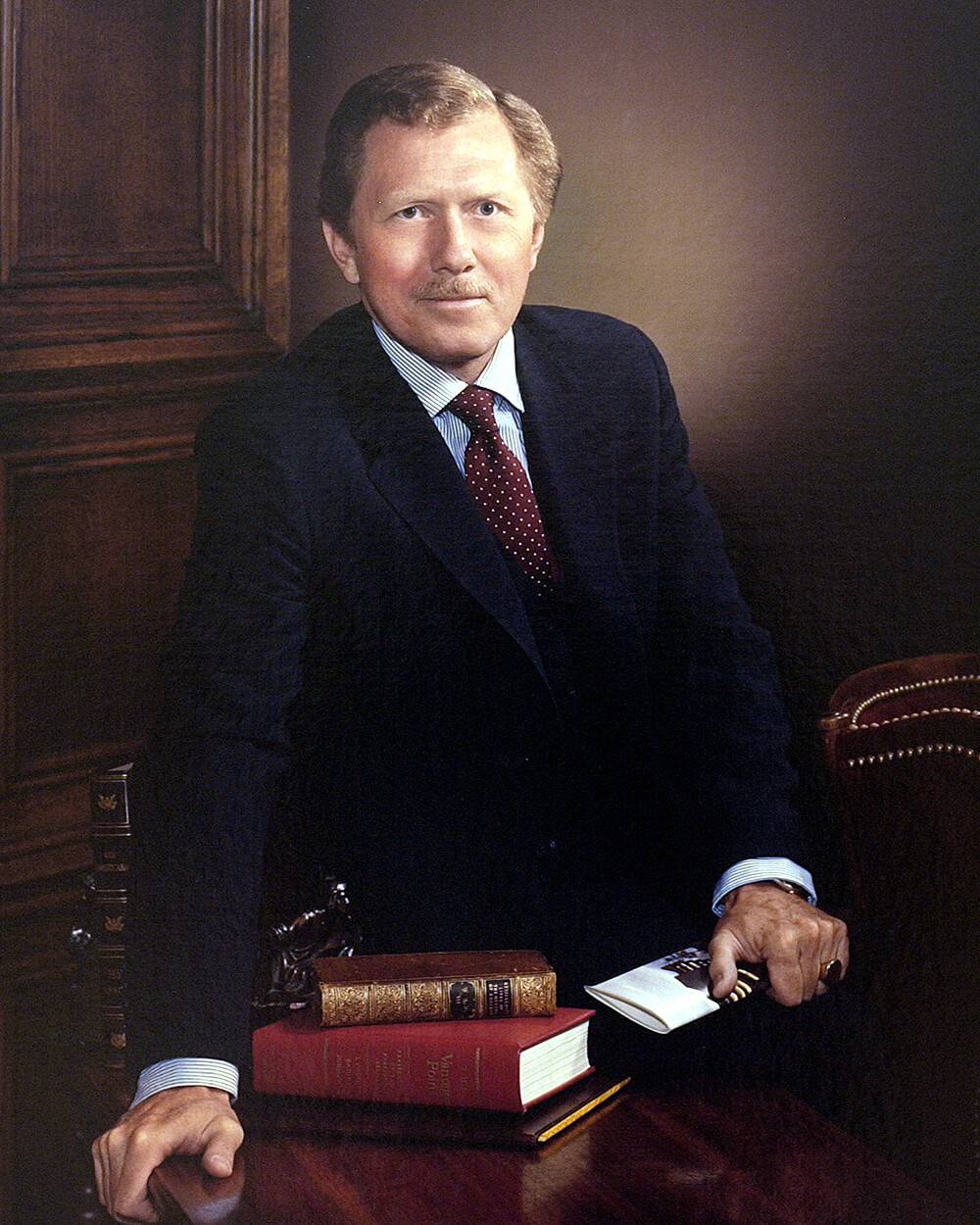
Robert L. Hardesty
Enrollment grew to more than 20,000 during Hardesty’s tenure. He built on Lee H. Smith’s initial private fundraising efforts, moved the Bobcats to NCAA Division I, created the College of General Studies, and pursued his goal of making Texas State the finest undergraduate school in the state.
He expanded the physical plant with projects that included the library, increased statewide visibility of the school, and is credited with improved town-gown relations.
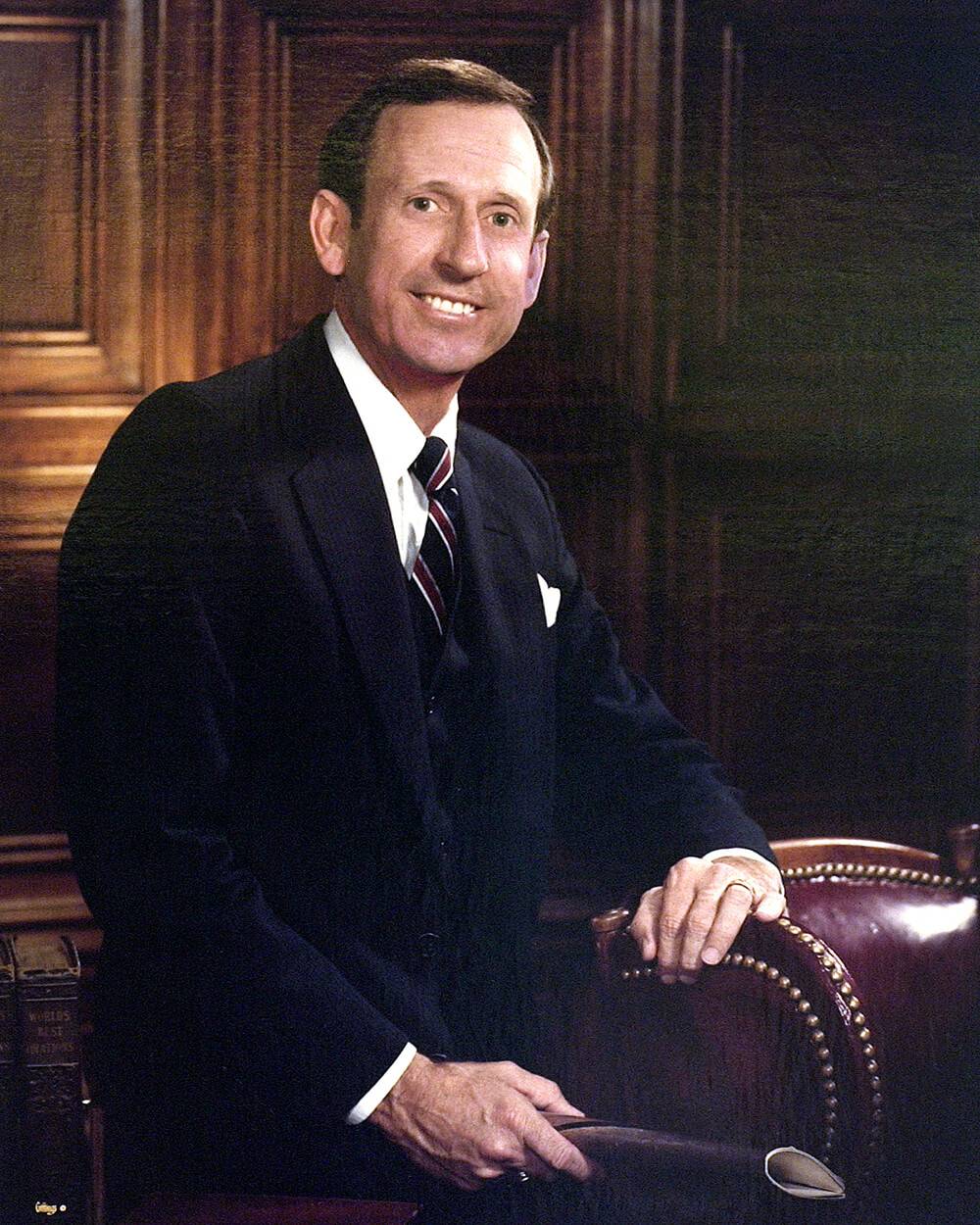
Lee H. Smith
Known for his attention to detail, Smith instituted written policies and procedures where none had existed. He also created job descriptions and implemented long-range planning and analysis.
He oversaw acquisition of the 78.5-acre San Marcos Baptist Academy property adjacent to campus and the move to NCAA athletics. Enrollment growth continued, reaching 15,400 by 1981.
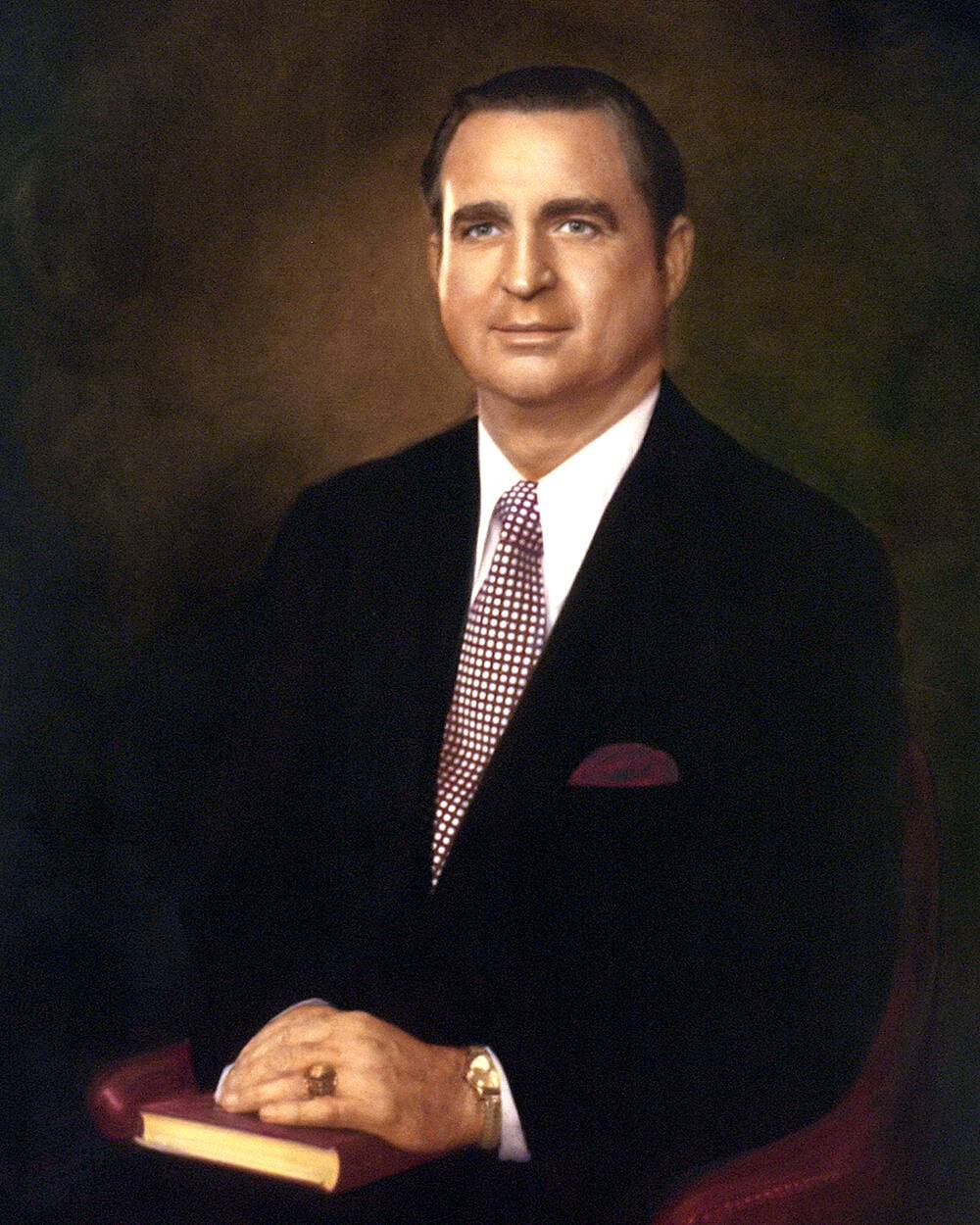
Billy Mac Jones
The college became a university as Jones' presidency began. Growth and national turmoil continued during Jones’ four-year tenure as president. Enrollment soared to 11,804 as Jones began his last year in fall 1972.
The changing times included the LBJ Student Center and Education Building, a new speech/drama center, a five-school liberal arts college replaced by a three-school university, and a name change.
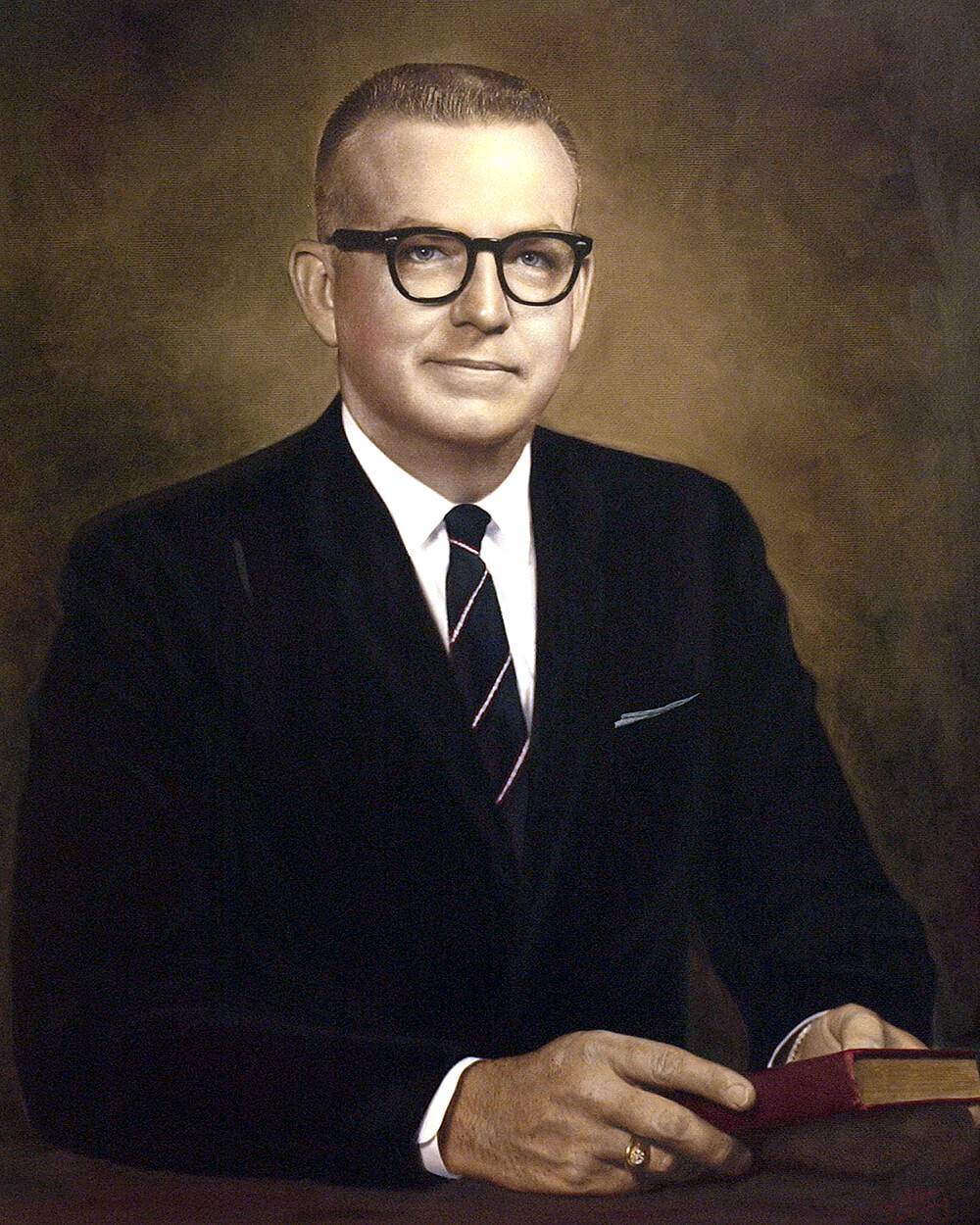
James H. McCrocklin
McCrocklin drew the college into the national spotlight, beginning with an inaugural address by President Lyndon B. Johnson, who later returned to campus to sign the Higher Education Act of 1965.
McCrocklin led the school through five years of explosive growth and national turmoil, reorganizing it into five schools, modernizing many of its processes, and easing free-speech restrictions on students. Enrollment was 8,406 the last fall he was president.
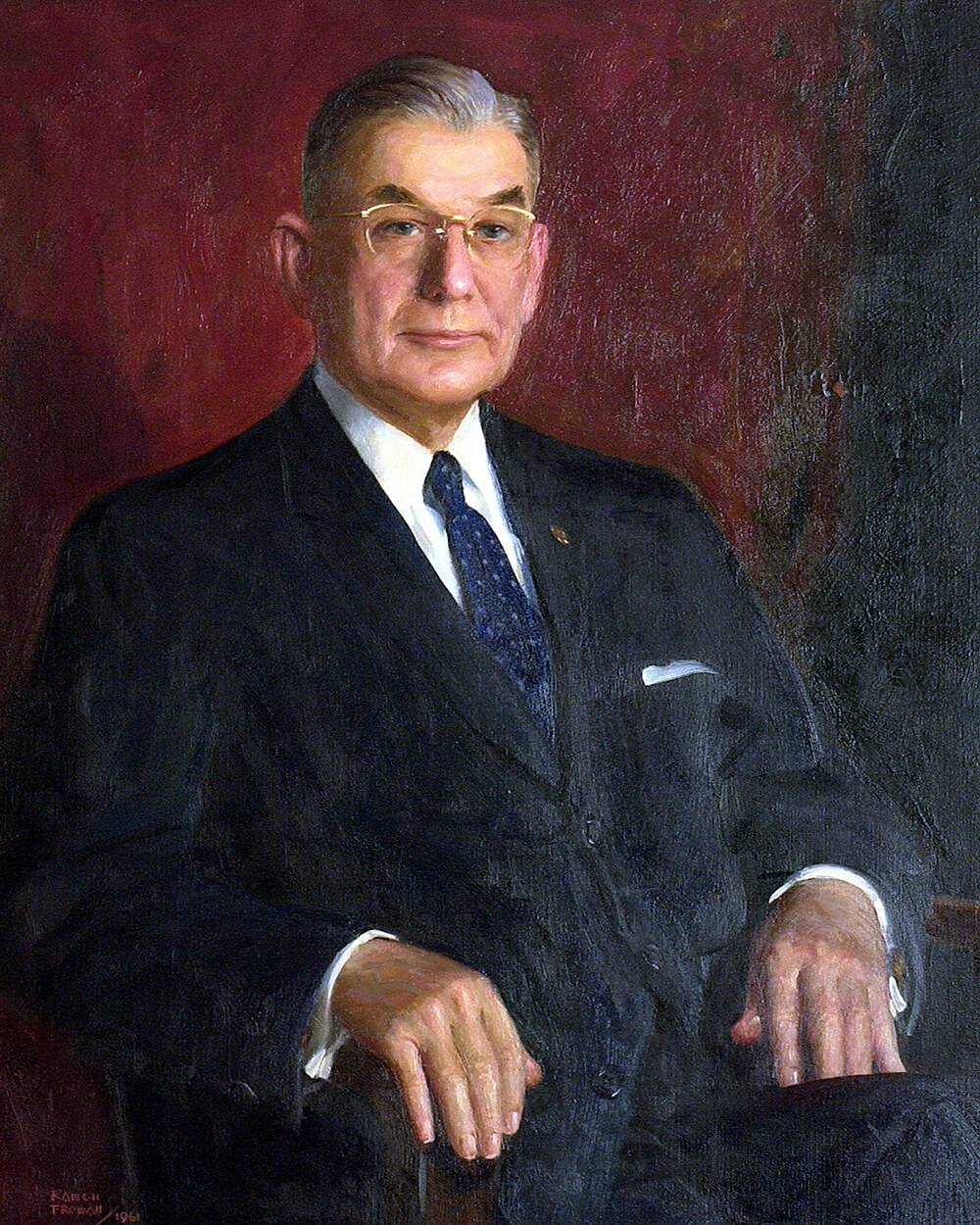
J. Garland Flowers
The first native Texan and first Texas State alumnus to hold the presidency took over at a challenging time, as the campus faced World War II, followed by the flood of veterans attending college with the G.I. Bill. Enrollment plummeted to 434 in 1944 and climbed to 3,852 before the end of his tenure.
The campus added 55 properties including College Camp on the Blanco River and a 400-acre farm. The college dropped “teachers” from its name and became a multi-purpose regional college.
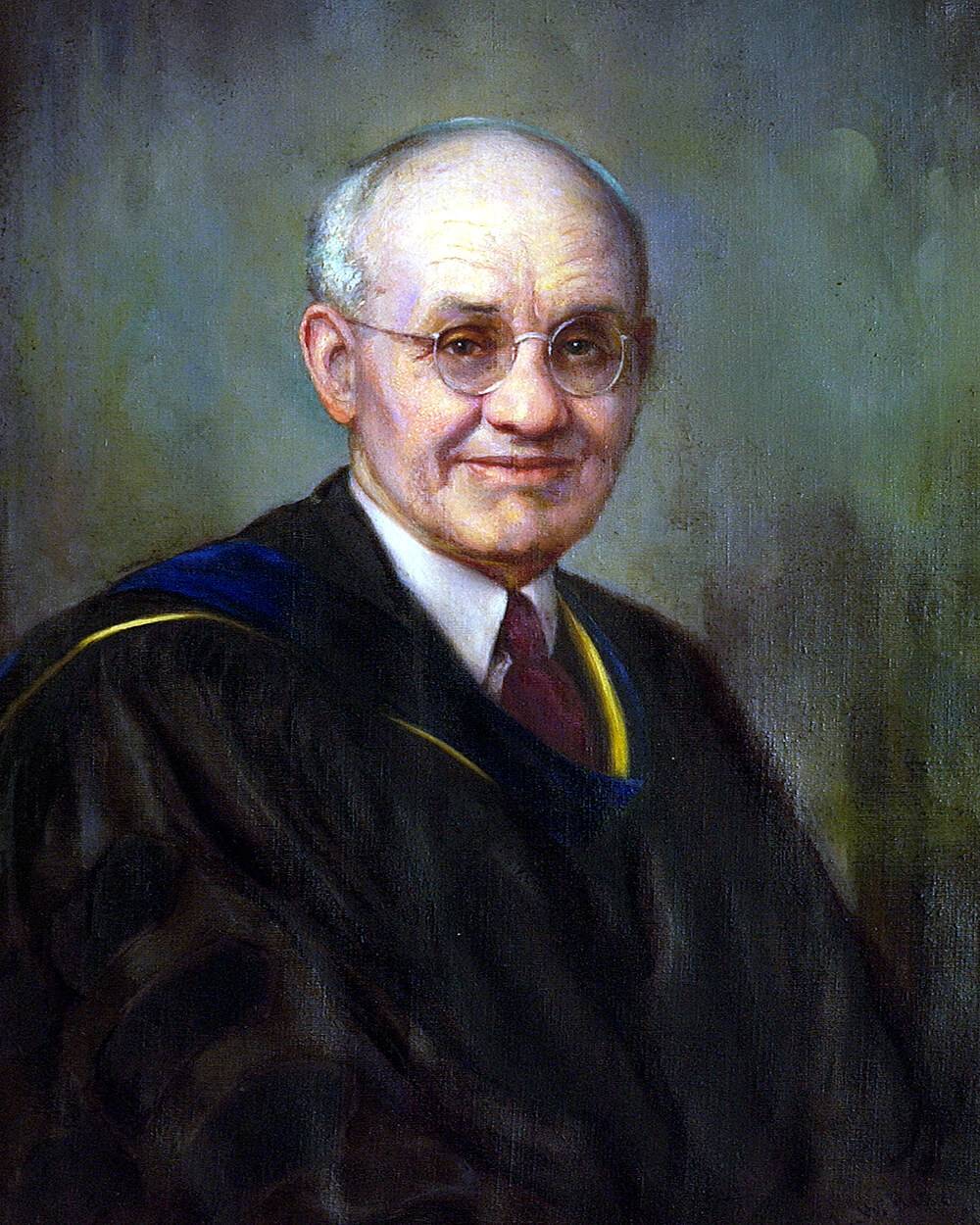
Cecil Eugene Evans
Evans led the college through a world war, a depression, and two name changes. Under his watch, Texas State began giving bachelor’s degrees (the diploma was a certificate until 1918), then master’s degrees (1935). It grew by 13 buildings, the first eight of which were dormitories; a 40-acre farm and a riverside park. Enrollment peaked at 1,441.
He thought of Texas State as a “poor-man’s school” and fought to open higher education to more people, a philosophy later adopted by his former errand boy, Lyndon Johnson.
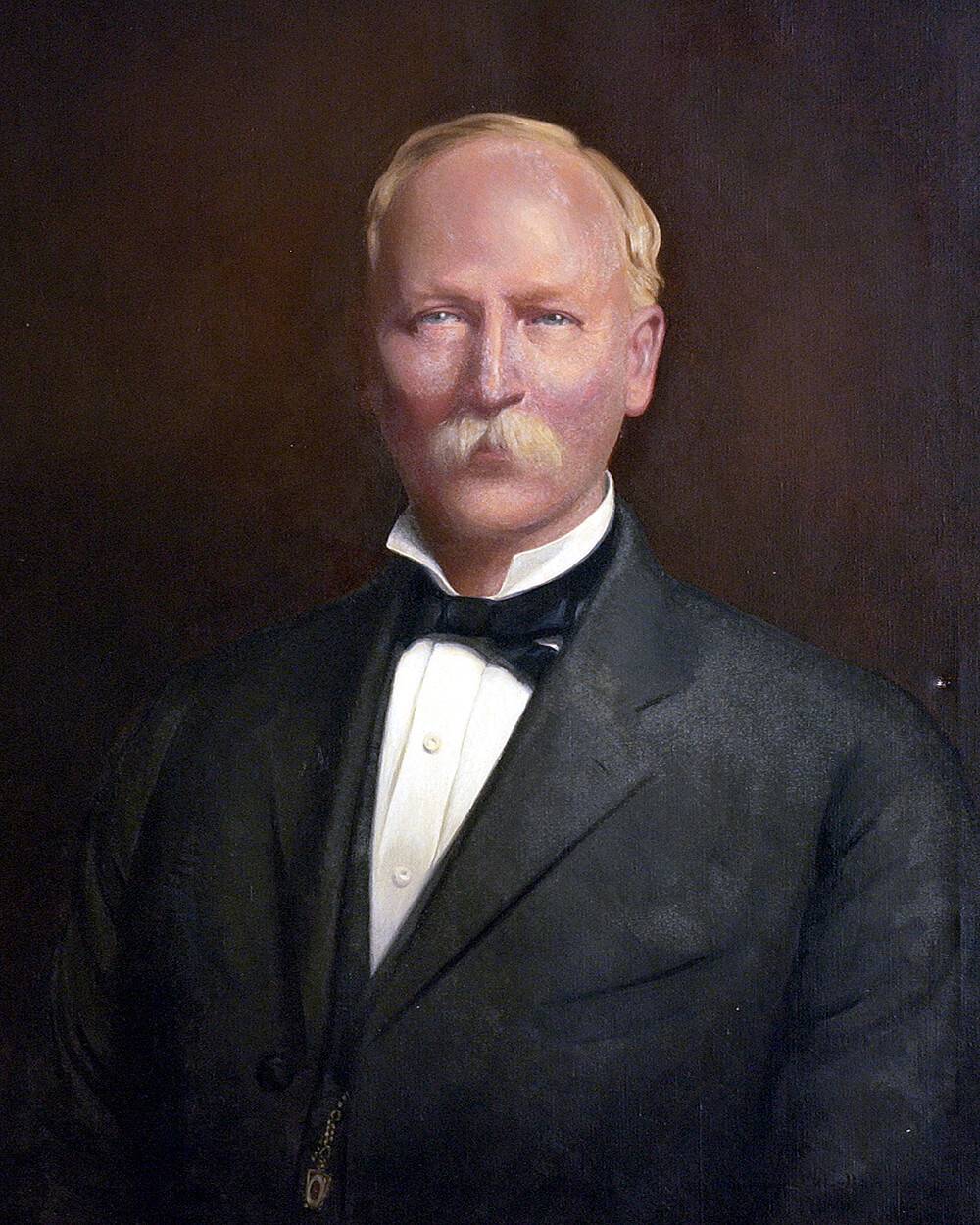
Thomas G. Harris
He came to the brand-new normal school of 303 students from his post as superintendent of the Austin public schools. As president, he taught classes, hired faculty, planned courses, conducted daily chapel services, drew up schedules and wrote the catalog.
A strict disciplinarian and statewide temperance reformer, he endorsed Gov. Oscar B. Colquitt’s opponent in the 1910 election; when Colquitt won, he asked for Harris’ resignation.
